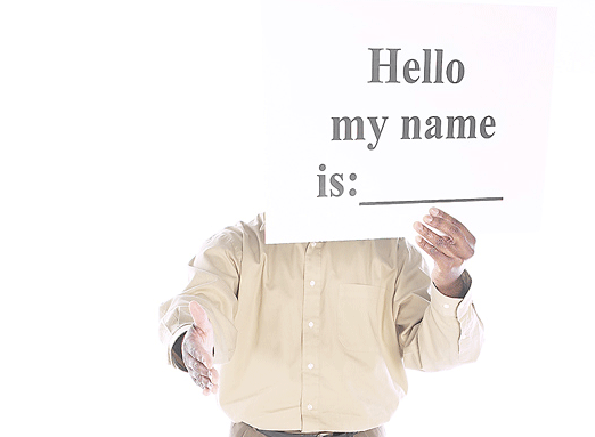Today’s guest post is by Jason Tucker, a digital marketing executive with Organic Development, where he works with clients including events management company Banks Sadler. You can contact him on Twitter: @jasonatorganic.
 Many conferences and events provide attendees with a great opportunity to network with others, whether it’s to engage with and learn from individuals within their industry, or to make new contacts and generate business prospects.
Many conferences and events provide attendees with a great opportunity to network with others, whether it’s to engage with and learn from individuals within their industry, or to make new contacts and generate business prospects.
However, the way in which the conference is structured and managed will determine how much networking actually happens and whether it’s at all worthwhile. Have you ever attended a conference where you just sit in a lecture hall and watch as presenters take you through Powerpoint presentation after Powerpoint presentation? There’s no engagement; you may even feel yourself drifting off after a while. At your event, you want to keep your audience interested and motivated, not nodding off.
Here are 10 ways you can maximize networking opportunities, encourage networking, and keep your audience engaged at your events.
1. Allocate table places—Asking those who work in certain types of organizations or job roles to sit together encourages those who work together or who already know each other to sit with new people.
2. Set the strategy early—Let attendees know what to expect early on, including how they can participate in the conference.
3. Help to develop communities—Prior to the conference you may set up chats, conference communities, or groups on social media. This allows attendees to share ideas and have open discussions before the conference. You also will increase brand awareness by sharing through these communities with those who can’t be at the event.
4. Give them tasks to complete throughout the conference—Depending on the type of meeting it is, you may want your audience to participate in group and/or individual tasks to get them engaging with one another and sharing ideas with the rest of the group.
5. Give them a break—Allow breaks to be just that: a time for people to relax and get refreshments rather than additional time for tasks. To keep people interested they need some down time between sessions.
6. Let them ask questions—Build discussions and Q&A into the sessions to promote thought exchange and keep them interested. You may also want to introduce table discussions throughout to get peers to engage with each other so it’s not always a presenter-to-attendees dynamic.
7. Give them time to network outside the official conference hours—It’s also a good idea to include time outside of the conference for people to network. Informal drinks or a meal prior to or after the conference allows people to network in a more relaxed environment.
8. Choose your location wisely—Ensure the space you have will promote engagement. If you have a large space, it’s beneficial to break it up with informal breakout areas where people can mingle, relax, and get refreshments comfortably.
9. Include a mix of presentation techniques—Your attendees will all take in information and learn at different rates. To reach the majority, you should vary techniques throughout sessions.
10. Find the right speaker—You should identify a shortlist of potential speakers and discuss the types of learning strategies they plan to use. From this you can make a call on who you think will have the most benefit to attendees.
You’ll know your conference was successful when your attendees come away feeling as though they’ve made some valuable connections, improved upon their knowledge, and are motivated to act on what they learned.




